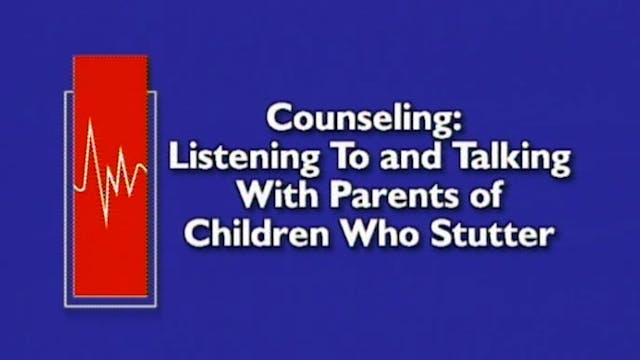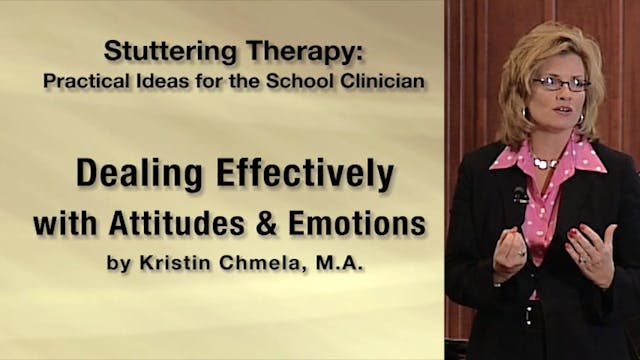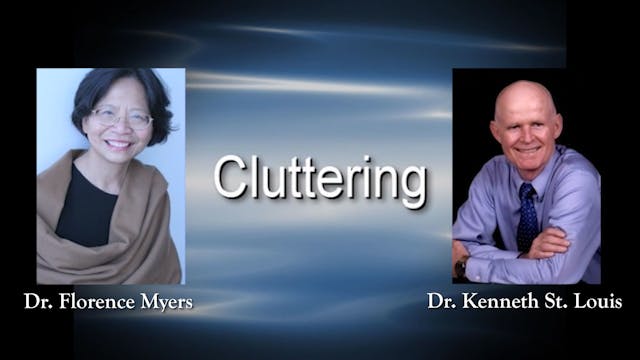The School-age Child Who Stutters (#1079)
University of Missouri Bundle
•
36m
This 38-minute video is an excellent resource and teaching tool for speech-language pathologists as well as teachers, parents, and physicians.
Certain to further the understanding of stuttering and what can be done to help the school-age child, this DVD provides information about:
- what stuttering looks and sounds like
- concerns associated with stuttering in the school-age child
- therapy in action by renowned specialists with school-age children
ASHA Journal review says, "Speech-language pathologists, teachers, parents, and physicians will find this video helpful. It will be useful as in-service presentations as well as a take home tape for parents. In many cases, it will also be helpful for the child to view the tape. This is the kind of video that you will want to keep several copies of on hand so you won't have to loan or give away your last copy."
Produced by: Edward G. Conture, Ph.D., Vanderbilt University, Barry Guitar, Ph.D., University of Vermont, Jane Fraser, Stuttering Foundation, June H. Campbell,M.A., Northwestern University, Hugo H. Gregory,Ph.D., Northwestern University, Peter Ramig, Ph.D. University of Colorado-Boulder, and Patricia Zebrowski, Ph.D., University of Iowa.
Up Next in University of Missouri Bundle
-
Counseling: Listening To & Talking Wi...
Parents play a key role in the treatment of children who stutter. Helping them recognize and cope with their own feelings about their child's stuttering is critical to success in therapy.
In this 50-minute video, noted clinicians demonstrate and discuss strategies for counseling parents in al...
-
Dealing Effectively with Attitudes an...
This 79-minute video, featuring experienced speech-language pathologist Kristin Chmela, M.A., is an ideal tool for clinicians who work with the school-age child who stutters.
It includes:
- Communicating effectively with children
- Three Types of Counseling
- Creating Communicative Space
-... -
Cluttering (#9700)
This 42-minute video demonstrates cluttering, and should help you work more effectively with children and adults who clutter.
Chapters include:
- Most common symptoms of cluttering
- Coexisting problems with cluttering
- Evaluation of cluttering
- Treatment of clutteringDynamic demonst...


